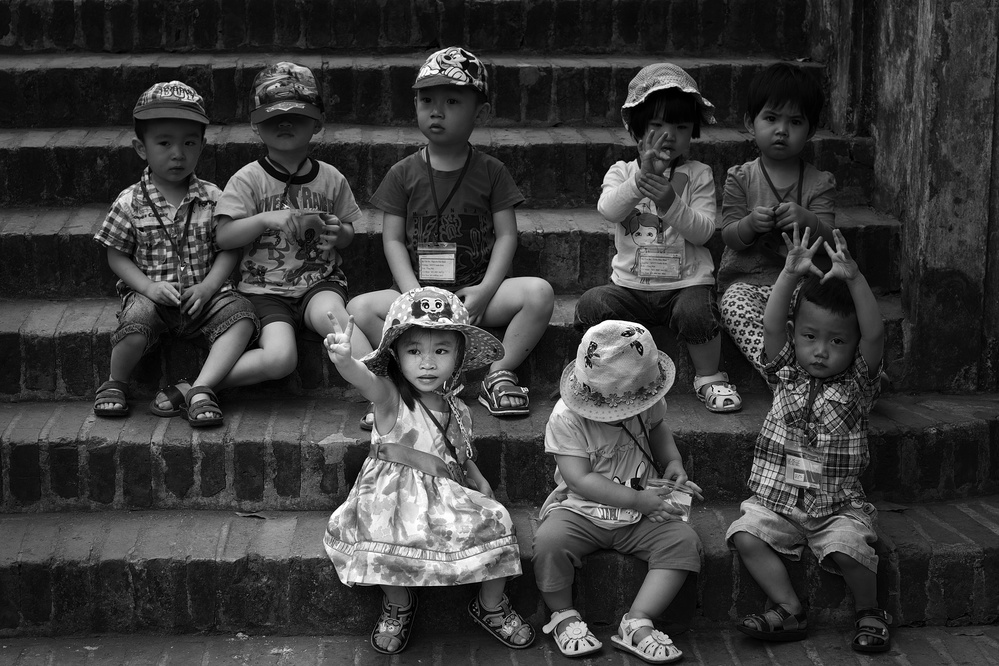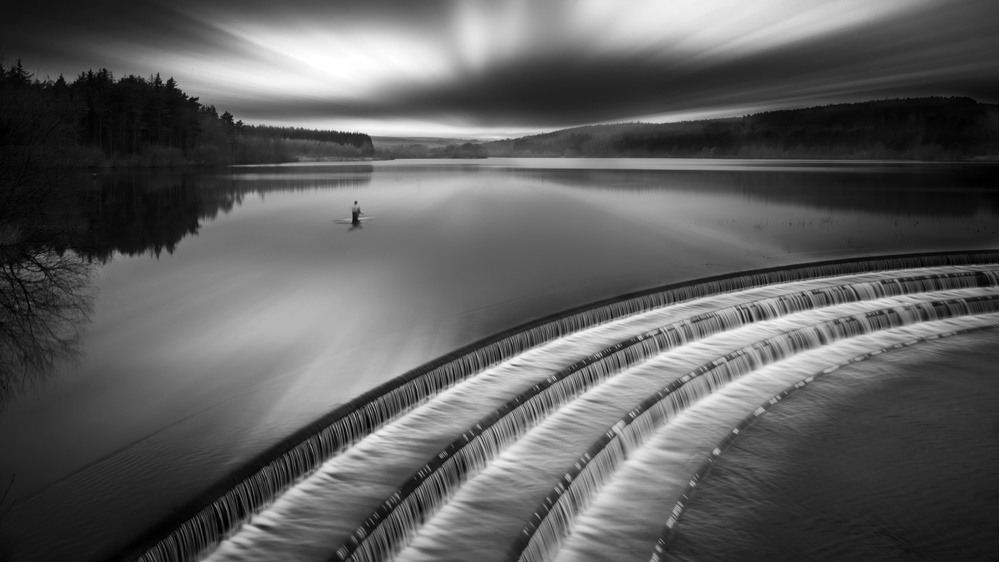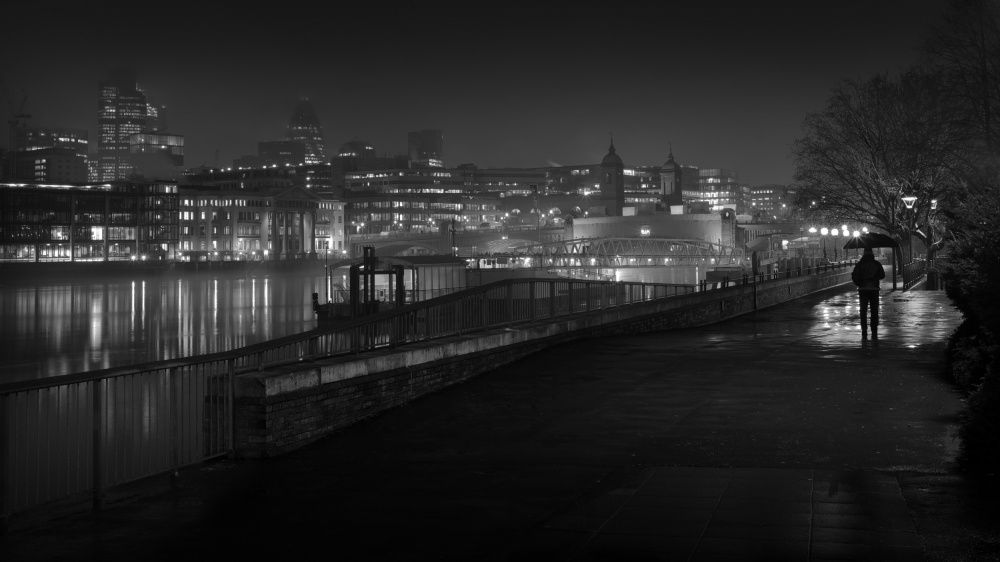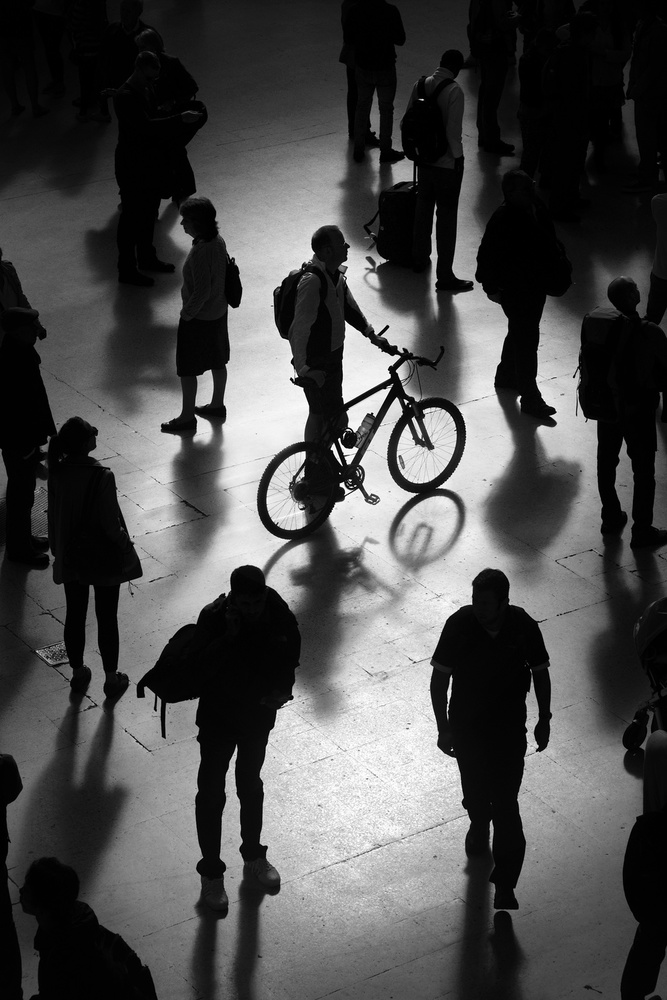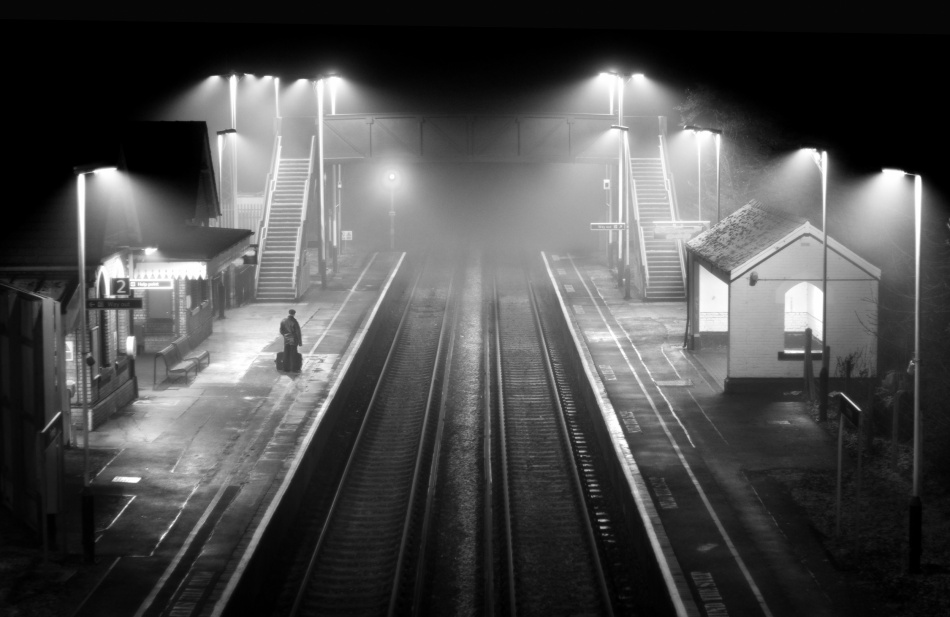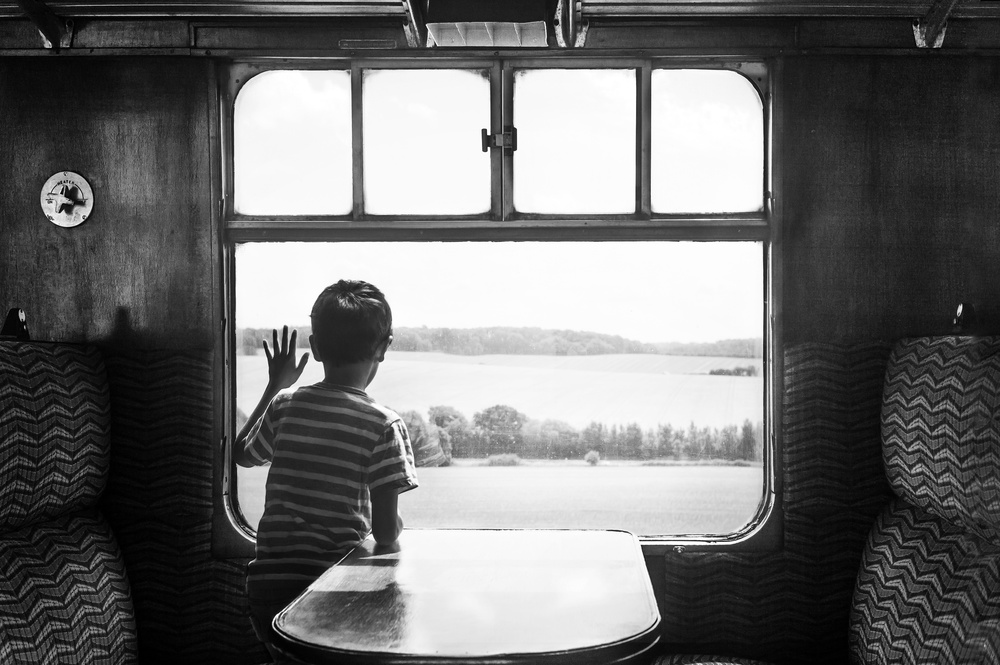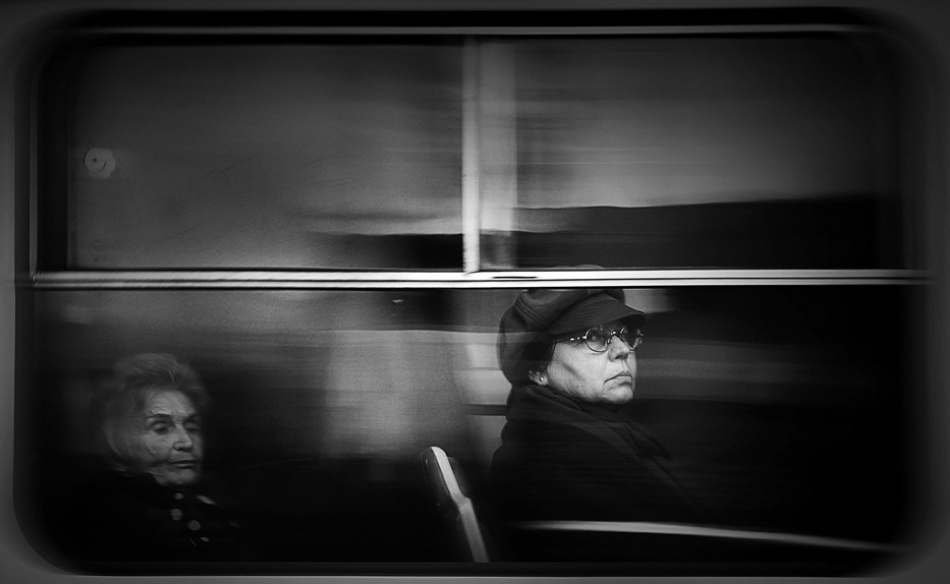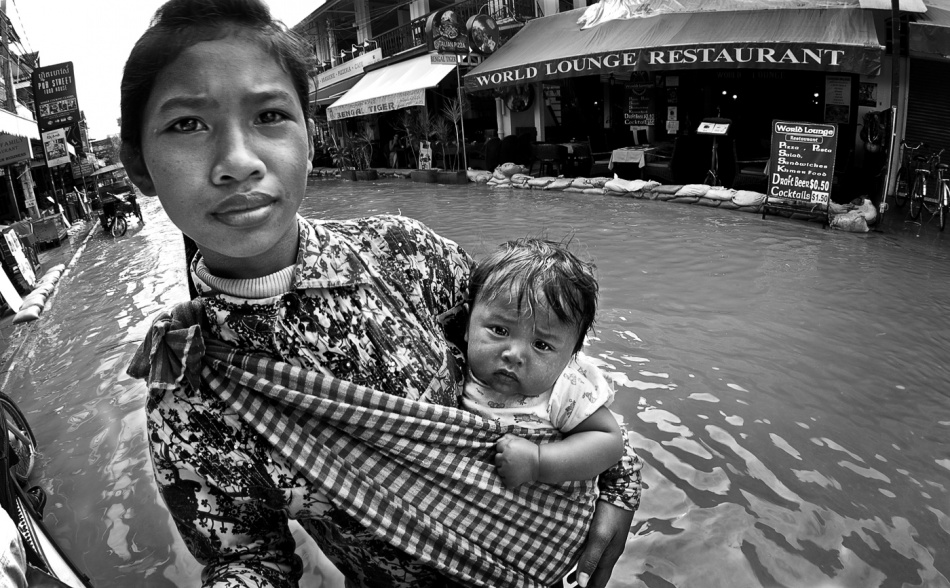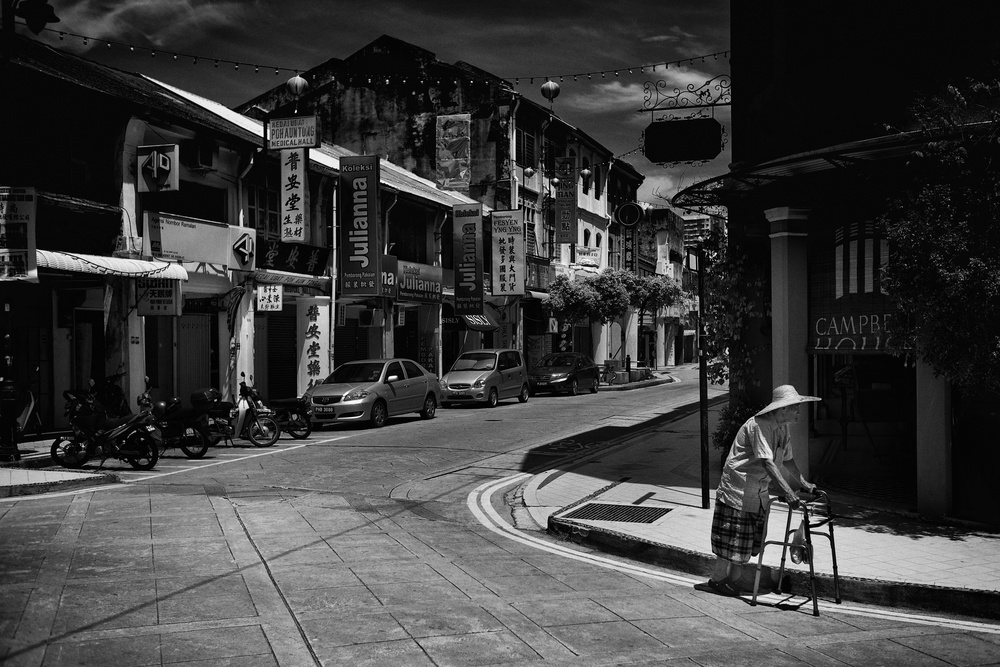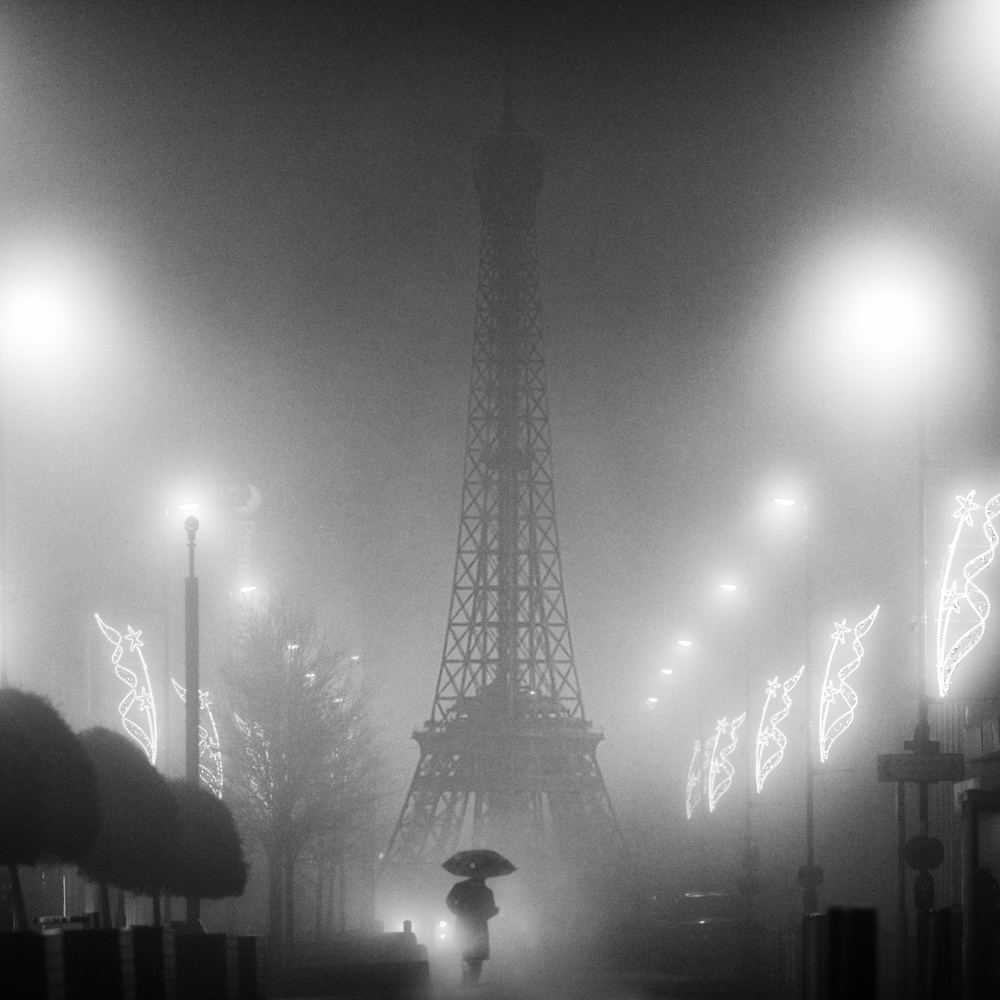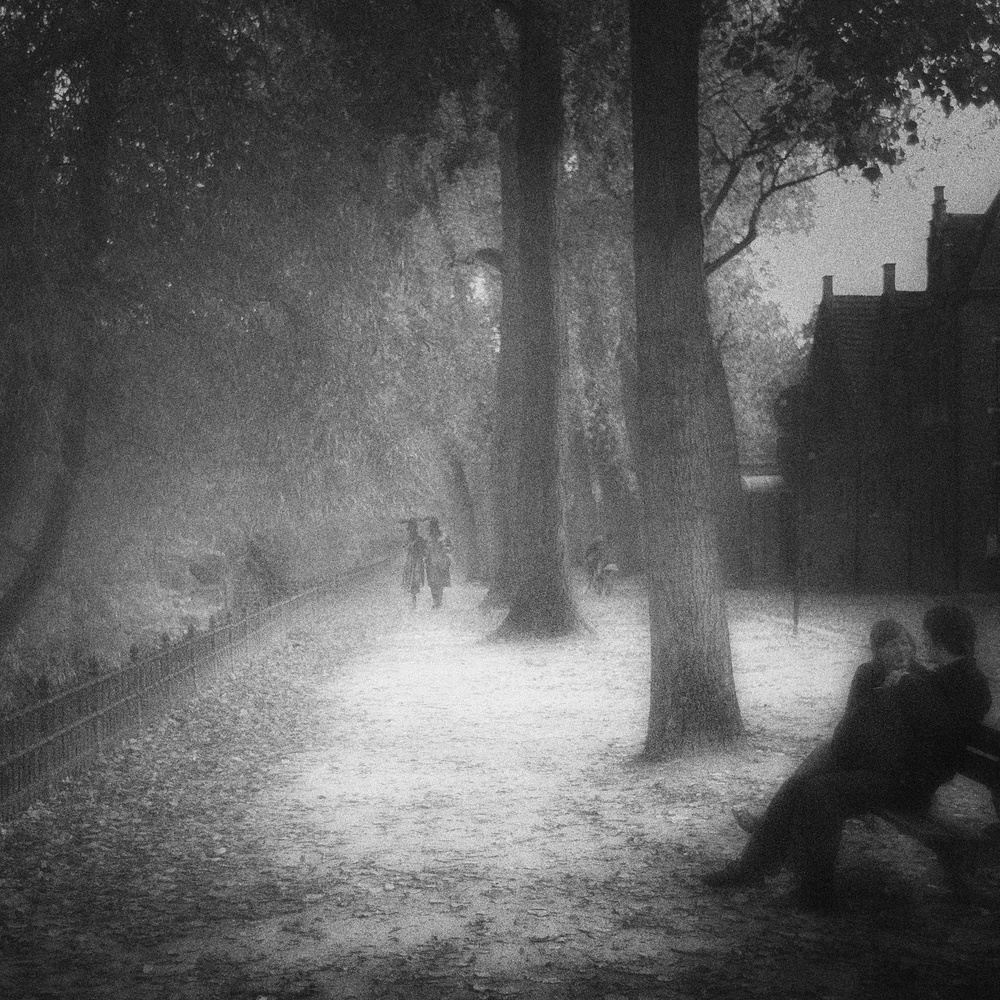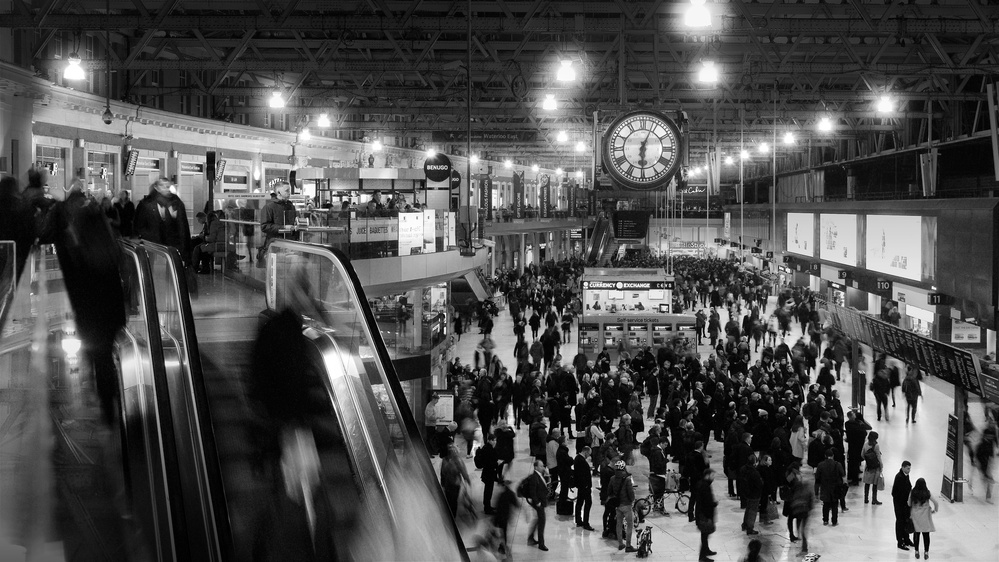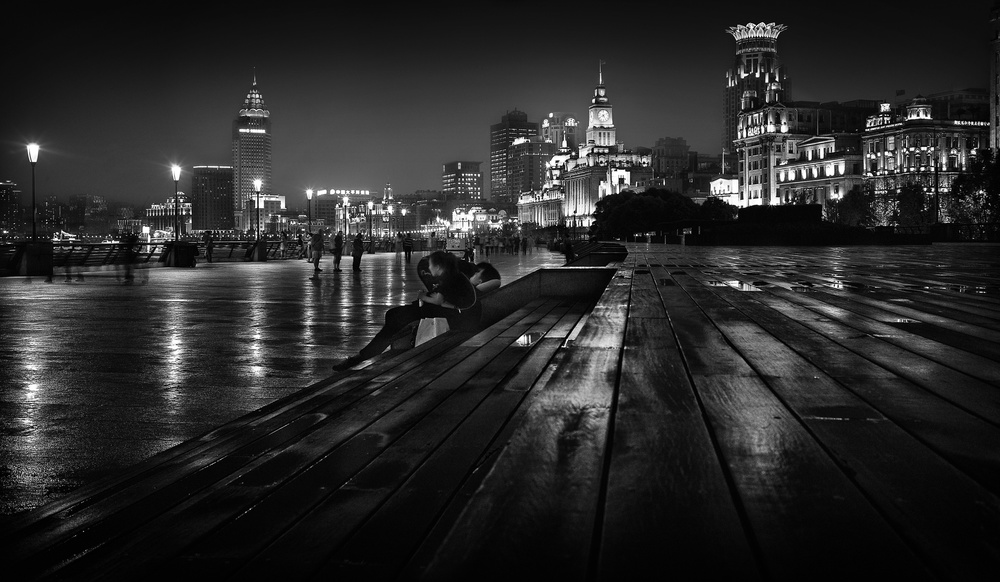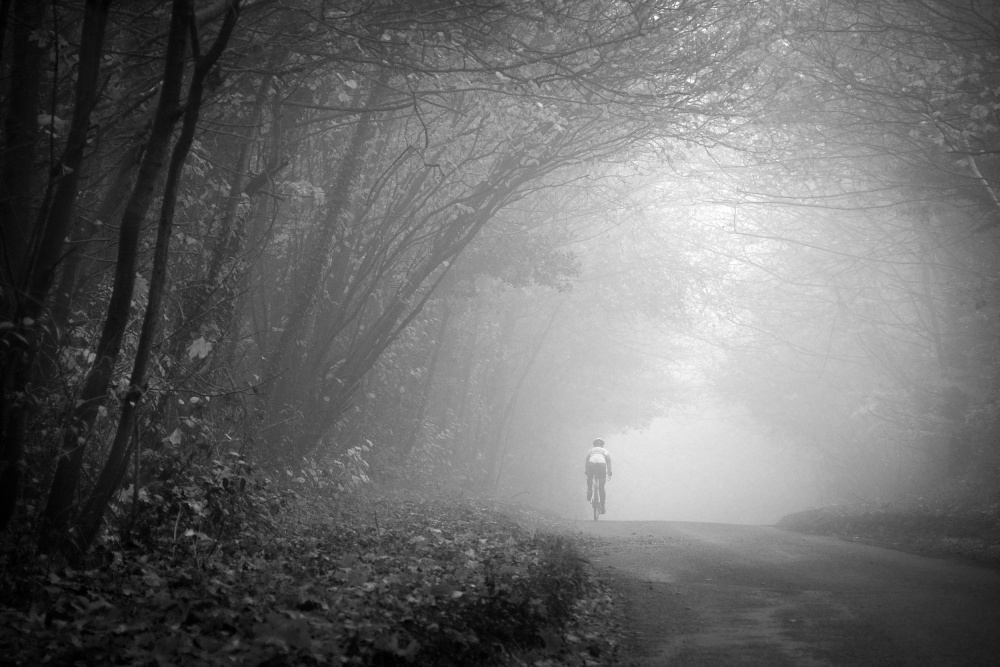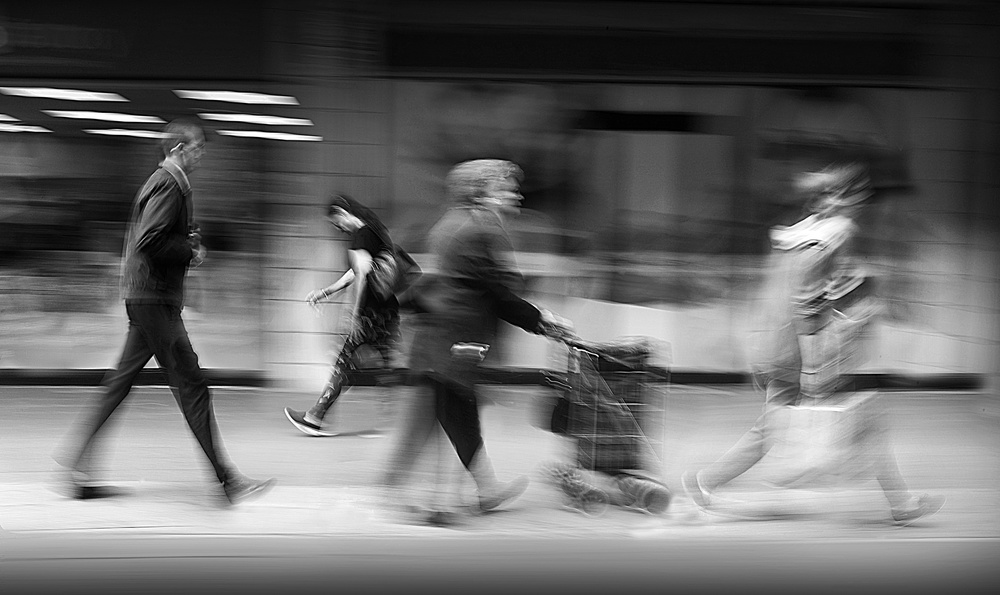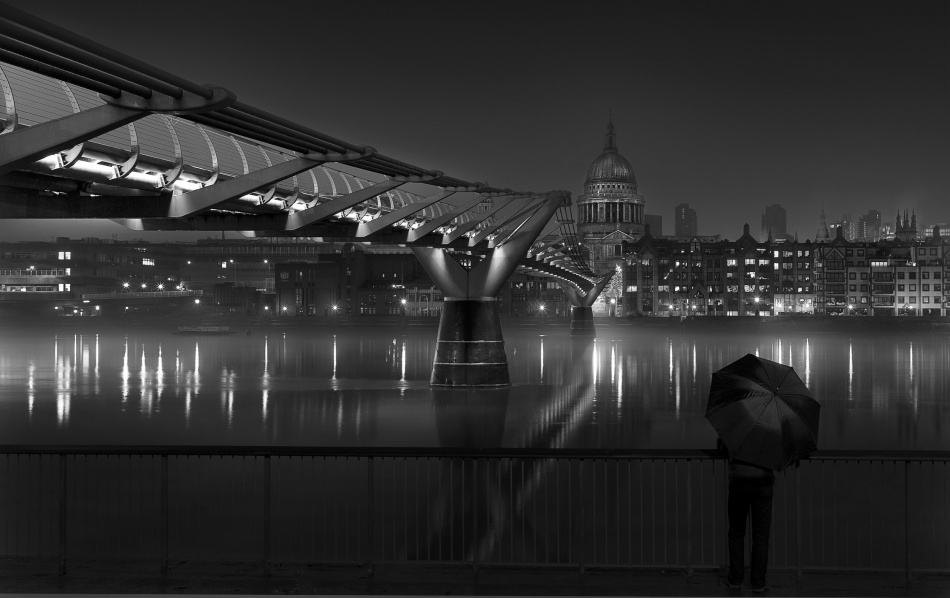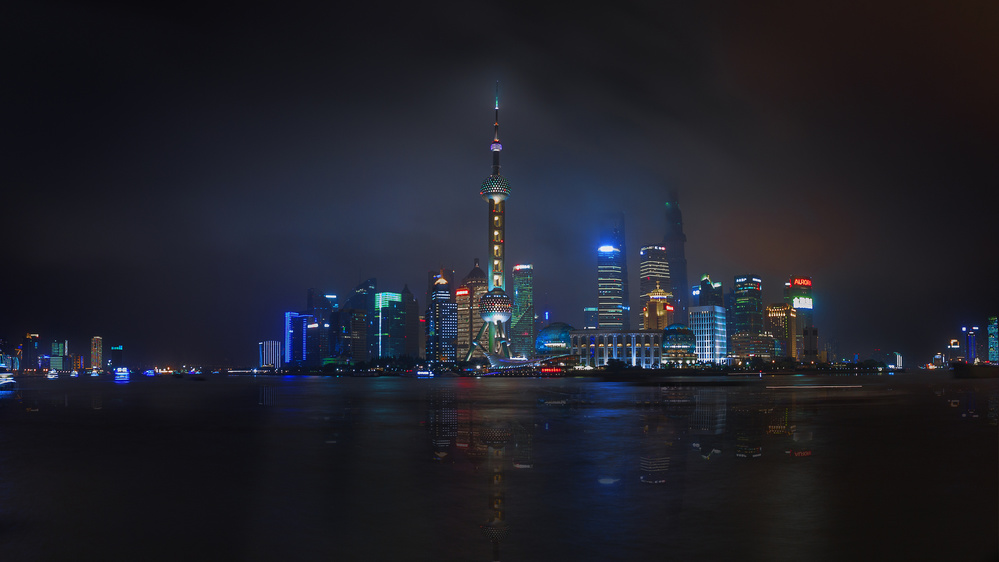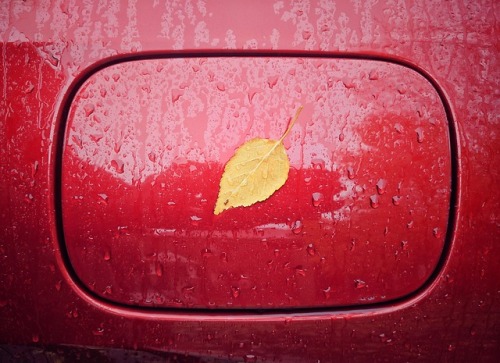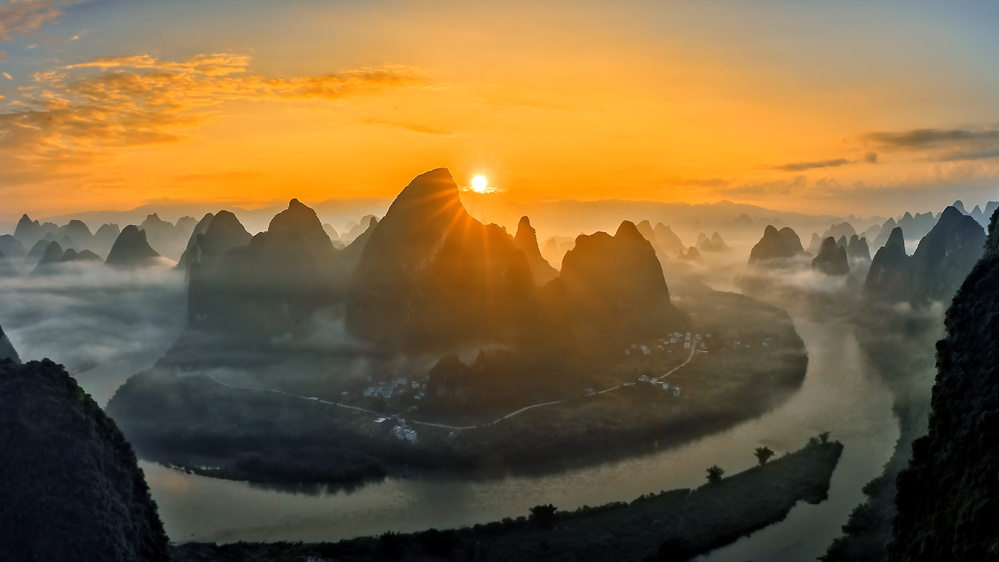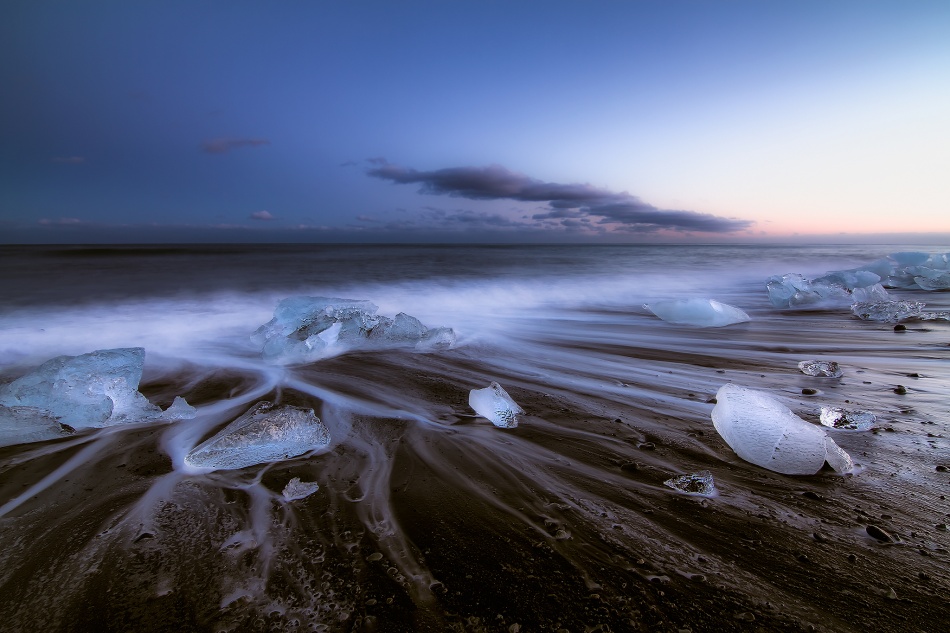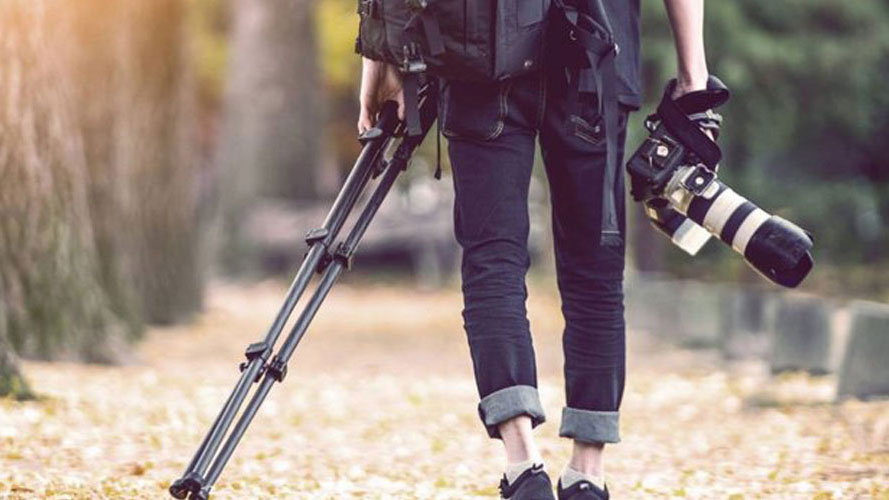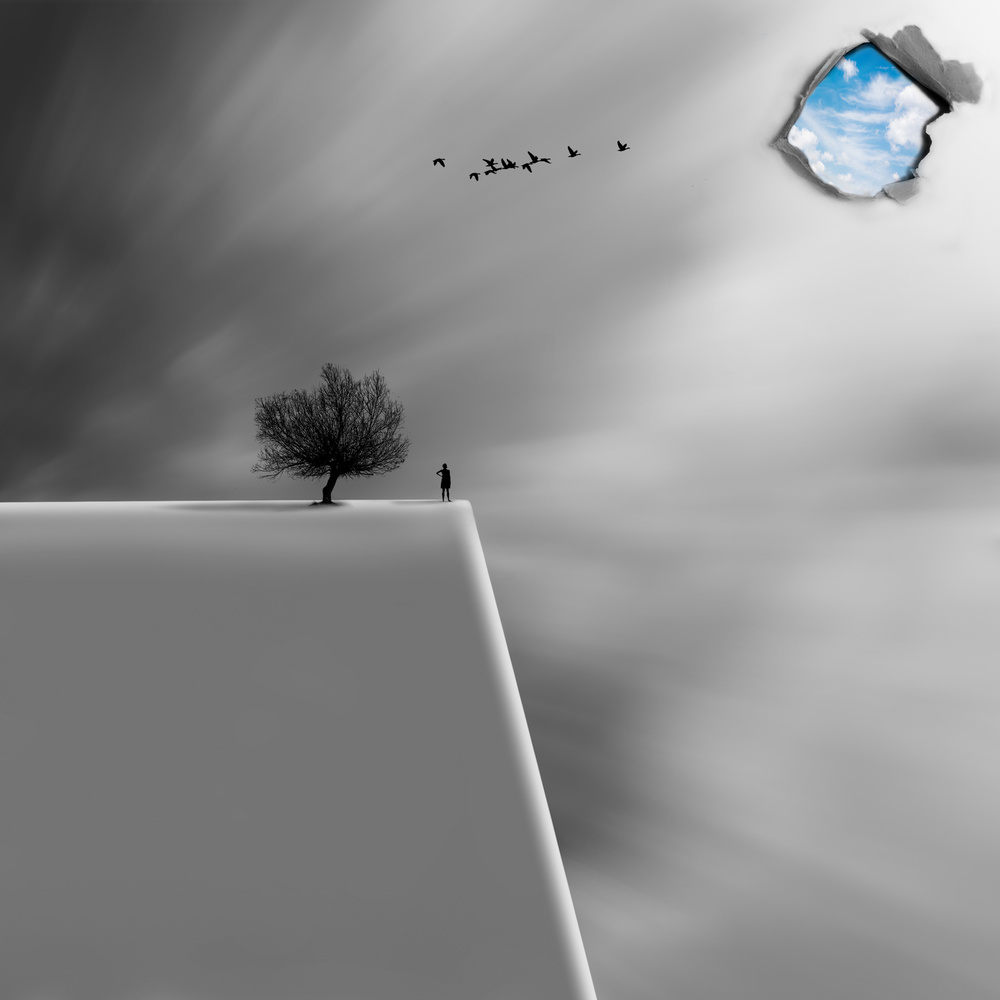Photographers
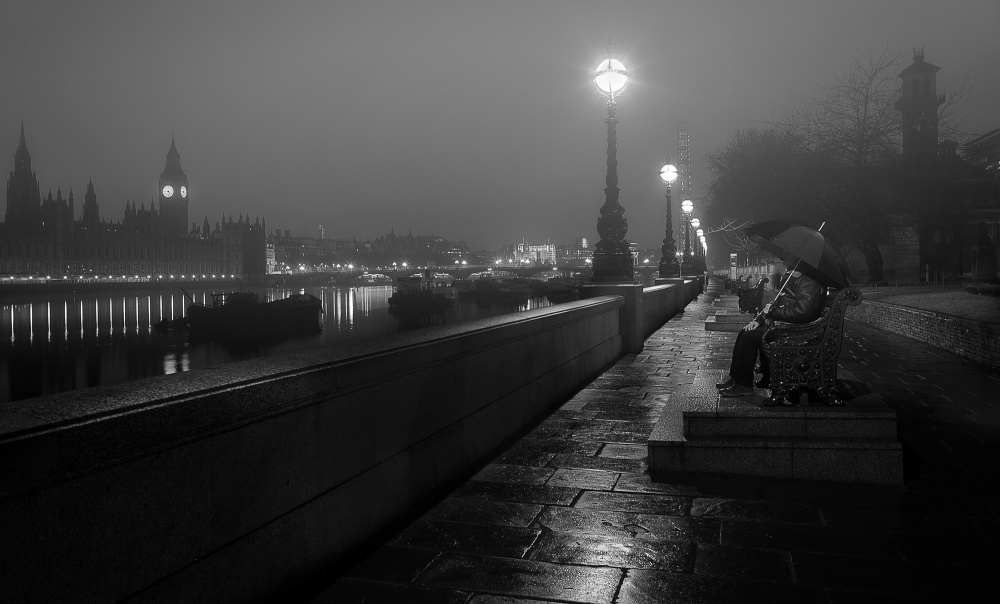
Peter Davidson: photographer of the week
1x Blog-Photographersby Yvette Depaepe
When I first read the interview with Peter Davidson, I was astonished and overwhelmed by his “Photographic life story”. Be prepared to take this eventful journey through Peters' most interesting life experiences. Enjoy reading this roller-coaster of life chapters from an excellent photographer and intriguing personality.
From childhood I've been an inherent observer of life. Since first I can remember, I've always felt a little distant and apart, not fully accepting or accepted. My first camera was a Kodak box brownie 127 when I was about thirteen. Now looking back, I suppose this simple box gave me that physical barrier and distance I needed, as well as a way to socially interact in a way I felt I couldn't otherwise. So photography became a natural affinity for me, giving me an outlet, a way to express myself.
I'm frankly obsessional with seeing. There's a lot of luck involved in photography. I don't consider myself an artist, like a painter or sculptor who can transform their vision into reality at leisure. A craftsman, might be a more accurate description. More often than not, I have no idea if I have a worthwhile result. I just snap pictures that interest me, that's really all I do. The quest for deeper meaning is elusive and intriguing. If people can infer any meaning or hidden story from a capture of mine of a moment in time, that's wonderful. But whatever the image, it should at least hold the eye, intrigue the mind and most of all, be memorable. That's what I strive for. What a picture means to you, and to me, may be at complete odds. I like that ambiguity. We all see and interpret through the mirror of our own personal life experiences.
I adhere to what Eve Arnold said: “I don't see anybody as either ordinary or extraordinary, just people in front of my lens.”
I'm continually drawn to shape and form and the tonally of my work is often dark. That glint of a reflection in a passing bus window or the spark within a glance, hint of secrets within. To this end, I do tend to see the world in monochrome. The light providing nothing more than shape, texture and mood. It's a much harder medium to work with than colour, but for me it tells a story better and is ultimately far more satisfying.
The pictures here are all personal, non-commissioned unpublished views of life as I've happened upon them. I work with available light in the main because, to quote Eve Arnold again, 'By the time you set up lights, the image is gone.' But not always. There is always an exception to any rule.
There are many projects I'd like to turn my lens towards while I still can and I'm always enthusiastically open to any interesting projects people might like to suggest or be involved in. Currently I'm negotiating with my local hospital (which last year saved my life) to document the working lives of the heart specialists working there. There are so many people I admire that are doing wonderful things I'd love to be able to meet and perhaps get the chance to portray. Everyone has a story. You just have to tease it out.
MY PHOTOGRAPHIC LIFE STORY
It was 1968, it was the summer of love, but not for me.
My decision to follow a photographic life came, rather ironically, just as I was thrown out of photographic collage. Six months after I'd left school, I had just turned sixteen and failed my first year photographic college exams. Growing my hair long, discovering girls and booze and the student life had perhaps distracted me.
* So that summer I found myself a job as a 'photographer' working the carnival fairground rides in the northern English seaside town of Blackpool. Given an Olympus half-frame 35mm camera and a big Metz hammer-head flash I was told - with a shove in the back and a kick up the backside to: 'Stop faffing about being 'effing arty' lad, and get taking proper snaps and make some bloody dosh!'
That summer was spent seriously pondering my future. But at the same time I was having fun. Riding alongside the carnies, stepping with cool insouciance off dangerously whirling gallopers and waltzers, snapping the girls, their boyfriends, kids, mums and dads and most importantly, learning to talk the talk with strangers.
* In the autumn, I skulked back and enrolled again in the same collage of photography, and agreed to the humiliation of starting again back in the first year. To my surprise, they accepted me. They had decided that I showed 'promise' and so welcomed me back. It was the sixties summer of love after all.
Learning the fundamentals of photography is always valuable, but the real value of those college years was the freedom to explore and create your own photographic vision. I found to my surprise I had an affinity towards documentary or reportage. I looked at images from the likes of Don McCullin in awe and dreamed of being just like him. I desperately looked at ways of buying a ticket out to the Far East and blagging my way around that terrible war zone and of becoming a famous war reporter. Lack of funds for a camera, never mind a ticket soon scotched that idiotic idea. But people like Capa, McCullin, Penn, Karsh, Stock, Maier and Arnold all fired my passions. Just as Salgado does today. So it was inevitable that I would get a job... in advertising.
* I did head down to London with my 'folio, even met Bob Guccione of 'Penthouse' infamy (who encouraged me to bring him back some 'good stuff man' for his magazine) and also received great feedback and encouragement from many other photographers, and eventually, I was offered a job as unpaid tea boy/runner in one studio. Which I would have taken but for being skint, alone and friendless in a big, unknown and expensive city. Despite all that, there is no excuse - I should have taken the 'job' and stayed. Instead, I returned to free bed and board at home. And when a job in Manchester came up that actually paid decent money for actually being a photographer, I took it.
So started my photographic journey in reverse.
* Industrial photography sounds dull, but actually isn't. Especially as Health & Safety was unheard of in the early seventies. I was given a car, a boot full of PF60 flash bulbs, a full Hasselblad kit and told to go to various locations around the UK and shoot docks, truck, buses, factories and engineering works. Aged just twenty and on my own, I was organising whole factories in pursuit of a great shot. Using up to a hundred PF60 one-shot flash bulbs, connected by wires snaking over mills, drills and irate workers. When the ensuing blast of light erupted, someone panicked and shut down the whole vehicle production line. I was not exactly flavour of the year, but the shot was cool.
Nothing was too dangerous to attempt. Standing with a tripod at the end of a dock container crane suspended sixty meters over the far side of a ship sounded like a good idea for a shot. And it was... until the crane picked up a container from the hull below and I found myself bouncing on a steel springboard, clinging to the camera and a railing for dear life. I somehow managed not to kill or injure myself and won an award in the Financial Times Industrial Young Photographer awards. The trip to London for the award booze-up was cool. But I was soon bored with the job.
* So I took another working for a mail-order studio. It paid well. Hint: Don't get a job just for the money... Working with 10x8 plate cameras and shooting mundane merchandise quickly makes a boy photographer turn to booze and parties.
* Two years I lasted. Gave it up and decided to go AWOL and travel around North America for a few months. I cheekily wrote on the off-chance to Yousuf Karsh and he astonishingly replied with an invite to visit. So I stuck my thumb out and hitch-hiked from Toronto to Ottawa and said hello. He must have been quite taken aback by this young, long-haired scruffy youth from England turning up with a just a backpack. I'm afraid I was too star-struck to make much of an impression, but he was unfailingly polite and generous, showing me his home and studio, chatting with me for an hour or so. I returned to my YMCA lodgings in some converted prison cells feeling inspired and awed and a little depressed. I was then twenty four and felt time was running out.
* The mid-seventies in England was the time of the winter of discontent. Strikes, protests, great social change, the Irish troubles. It was a great time to be a documentary reportage photographer. Having no money or camera gear is a problem if you want to do that however. So of course, instead of capturing these momentous events, I gained employment as a lecturer at my old college. (jobs were thin on the ground, and they said, it's a job...) Two years later I saw an opportunity to work in Saudi Arabia and I again jumped ship quicker than a rat down a drain pipe.
* The next ten years I was a freelance agent dodging being arrested (photography and photographers being particularly frowned upon) while photographing Princes and Kings and other very rich men and politicians. In-between all that, I was shooting corporate brochures and advertising for most of the worlds largest companies and agencies. I was in it for the excitement and money, not the art. My documentary affinity had slipped further into the background. Another great missed opportunity.
* On the upside, I was having a ball. King Fahad gave me a watery-eyed glower when I came too close, and David Rockefeller was as charming as his henchmen were intimidating. And Sheik Yamani, the Saudi oil minister who had not long previously plunged the UK into a three day week by restricting UK oil, was urbane, friendly and unassuming. Despite Yamani being under house arrest at the time, he tasked me with shooting his son's wedding. And a rather interesting three day long affair it was too. Another wedding I covered was spread between Saudi and London, during which I was surprised to be mentioned in the national tabloid press as the 'court photographer'. I never did get that call from Buck House though.
* Photographically, there were many near fatal scrapes as there was no risk assessment or indeed much safety procedure at all. While shooting the finishing touches to a new airport runway being built alongside the original, a 737 jet decided it was open and land. This, despite me standing in the bucket of a huge bright yellow Caterpillar digger parked on the runway with me thirty feet in the air. I wondered why the driver was sprinting away until I saw the plane bearing down. I think the pilot must have seen my frantic waving, as he opened up at the last minute and went around. I can still smell the fumes of the jet exhaust.
* Then their was the time I climbed aboard an ancient WW2 company re-supply aircraft for an ARAMCO oil drilling exploration team deep in the The Rub' Al Khali or The Empty Quarter, the largest sand desert in the world. The DC3 Dakota was filled to capacity, one half with seats, the other with goats and equipment. There was a small gap in the seal of my window and the pilots were retired American ex-service men. Indiana Jones would have felt quite at home. We took off following a direction beacon out to the exploration site, which, if we missed meant we could well be lost and unable to get home. It had happened before, and they had never been found.
Throughout my time there I operated alone, with no health insurance, no car insurance and of course no mobile phone. In the first couple of years, even to call the UK required a weeks notice to the telecommunications office down-town. It was, you might say, character building. I loved it.
* Returning to the UK, Nikon offered me an exhibition in London which was nice but led nowhere personally. And the process of bringing up a family meant stability and no further risk taking so I opened a photo mini-lab and family portrait studio and basically settled down.
Now retired, I'm rediscovering what I really loved about photography in the first place. I'm free of clients, dire advertising demands and grim merchandise photography. Hence my sense that I've lived my life in reverse. I'm doing now what I should have done right at the beginning of my photographic career. I remember feeling time was running out when I was twenty four. Now it really is the case now, so I'm determined to make the most of it.
How would I describe my current work?
Good story telling has tension. So I try and give my pictures the visual equivalent, some hidden story if people care to look and imagine.
What equipment do I use?
As Don McCullin said: 'I only use a camera like I use a toothbrush, it does the job.'
I concur! I've used just about every camera type for whatever job in hand. Horses for courses, but for what I am doing now, it's not really about the camera, it's about the image. And if the image is strong, it doesn't matter if it's noisy, grainy, or blurry, taken on a cam phone or snapshot cam. Look at Capa's Normandy beach landings. They accidentally boiled all his film and somehow they look even better. I stick with Nikon because I started with a Nikon F (which I still have) and Nikon cameras have never let me down. Through the FE, FM2, F2, F3. They all just worked. As did the Hasselblad cameras and Sinar technical cameras.
I no longer own high end 'Pro' gear as I don't need to. My current equipment consists of a modest Nikon D750 and is just fine, with my second current camera being a Leica M9. That's a bit extravagant perhaps, but it's small form factor is simple and inconspicuous (and when covered in black electrical tape even more so). Good glass is more valuable than the camera itself.
My lens choice is small and I don't use zooms, not for any prime lens fixation, but I find they just make me lazy. For the Leica I have only two 35 year old pieces of lovely glass, a 35mm f2 Summicron and a 90mm f2.8 Elmarit. Both are small and fully manual. Nikon glass is a 24mm f2, 28mmPC f2.8, 50mm f1.4, 135mm f2.
Photographers I admire?
Many. Too many to mention really. Here are a few.
Irving Penn, his shot of Picasso is extraordinary. 'Pose and gesture that both hint towards the inner life of the subject'. Advice I try to remember.
Margaret Bourk-White sitting precariously with her camera atop the Chrysler building in 1935. Showing that women take their photography just as seriously as men, if not more so.
Yousuf Karsh, an extraordinary portrait photographer of the great and the good.
“Within every man and woman, a secret is hidden, and as a photographer, it is my task to reveal it'
“Look and think before you open the shutter. The head and mind are the true lens of the camera'
Don McCullin, his shot of the American soldier and his dazed, glazed expression. Haunting.
Portrait of Dennis Stock by Andreas Feininger for life magazine in the year I was born, 1951. An astonishingly modern picture even by today's standard.
Dennis Stock's shot of James Dean, hunched over walking through rain on that street. That feeling and mood, just wonderful.
Robert Capa, his picture taken in the French town of Chartres in 1944 of a female collaborator, her hair shaven and surrounded by a baying mob as she cradles her baby... just ohh, my goodness.
Sebastiao Salgado, his work is astonishingly emotive and beautiful. A modern master. His shot of the gold mine workers of Serra Pelada, the human ants climbing impossible hills with improbable loads.
Vivian Maier, an unknown woman photographer that only found fame after her death. Beautifully seen and captured images of everyday life. Wonderful.
WeeGee, (or Arthur Fellig), a man who never gave up looking for that great shot. His picture of kids sleeping on a fire escape, just burns in my visual memory.
Dougie Wallace, his 'in your face' images of people on the street are uncompromising and utterly astounding. His Harrodsburg series is wonderful. And all in colour, which works perfectly.
Tatsuo Suzuki , a Japanese street photographer and 1x member that only took up photography five or so years ago. A very keen eye and strong images.
See Tatsuo Suzuki's 1x portfolio here.
. '

